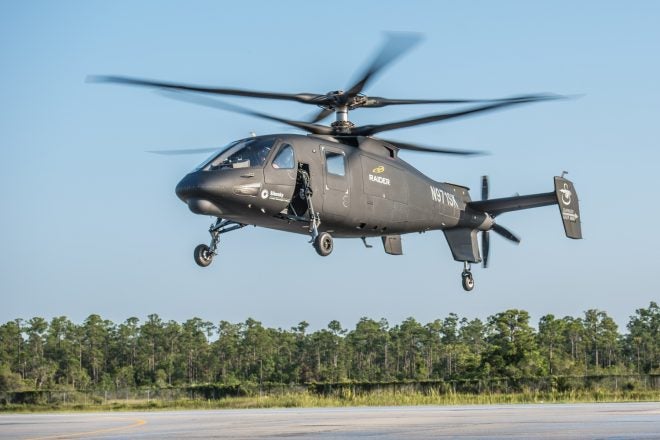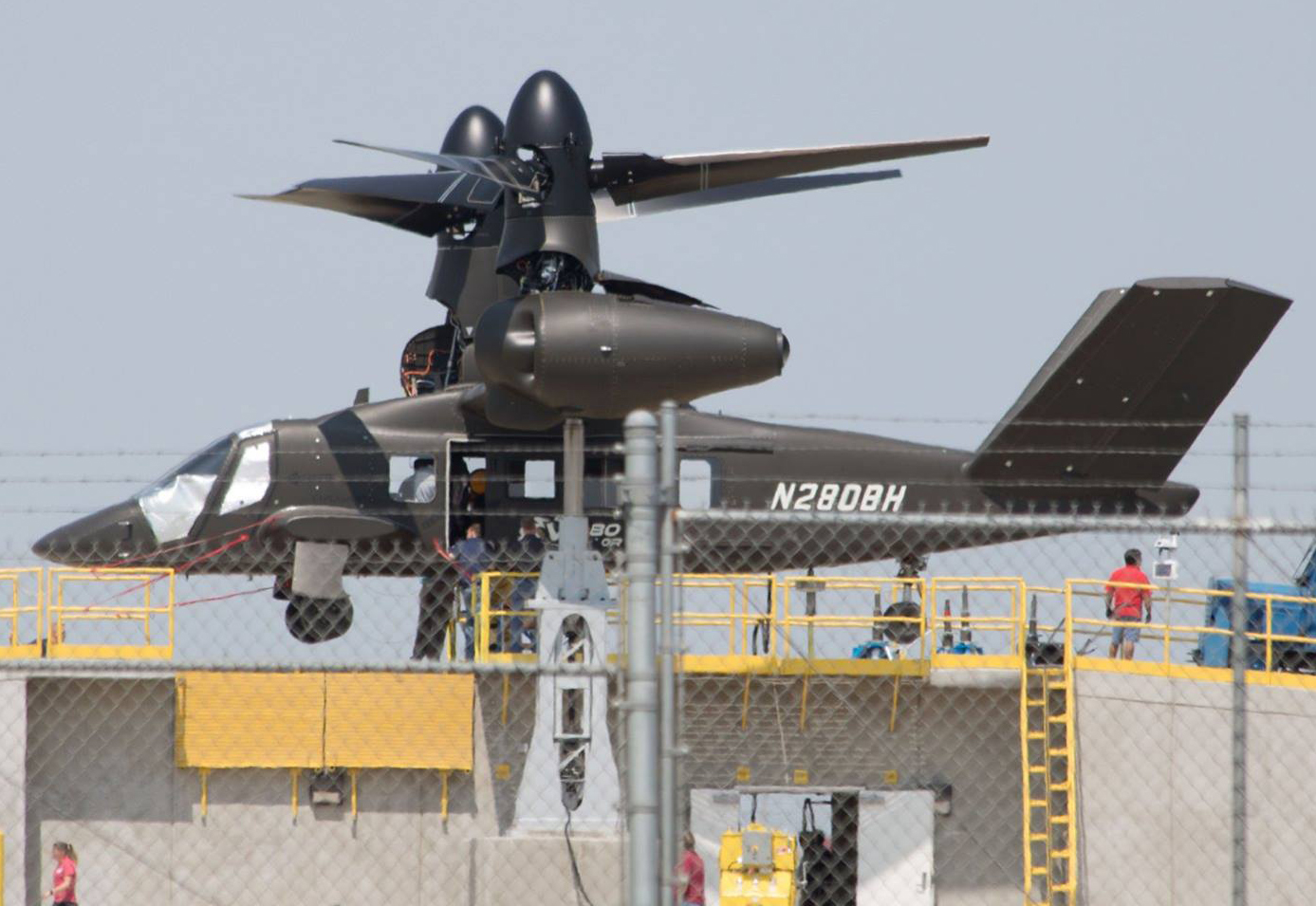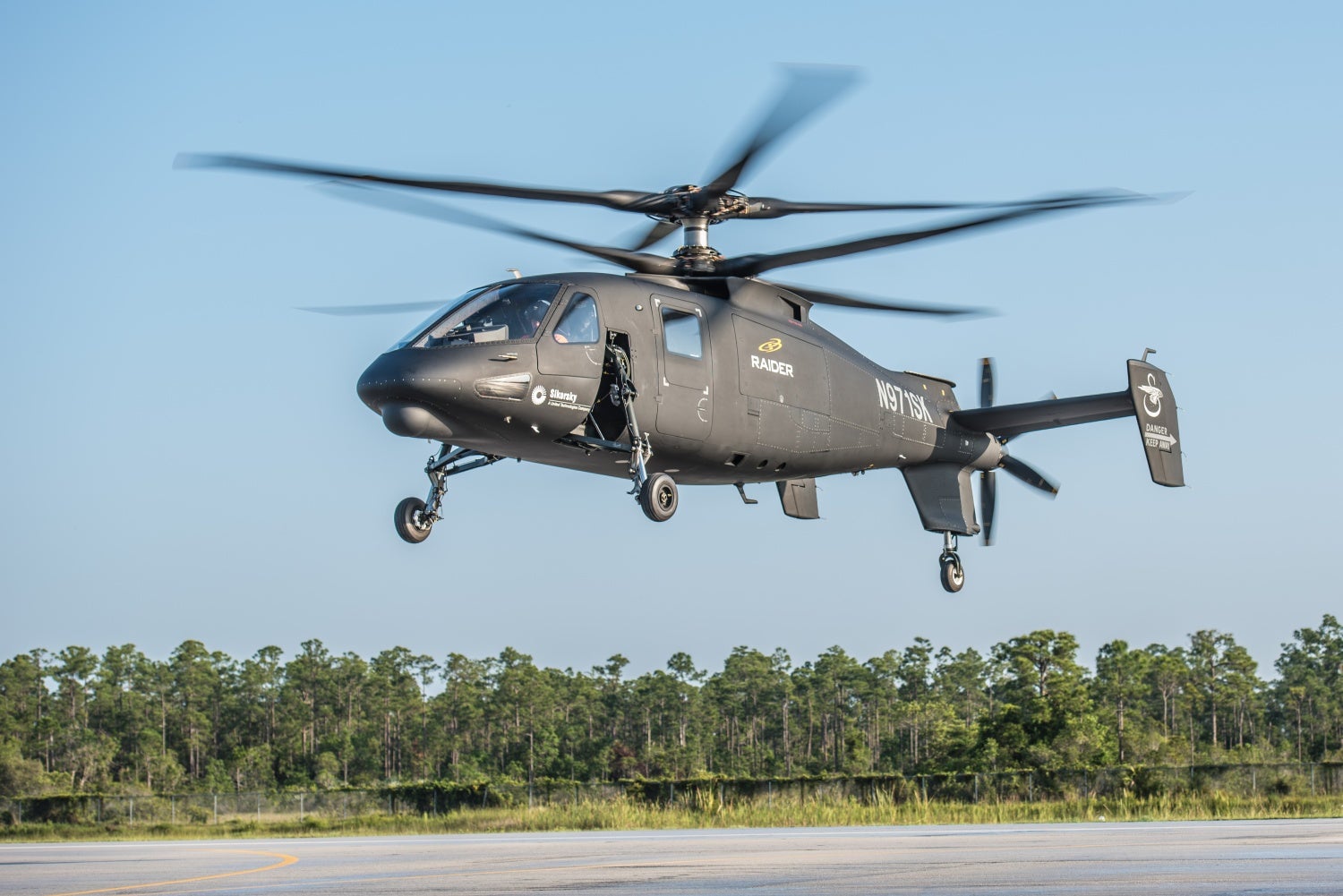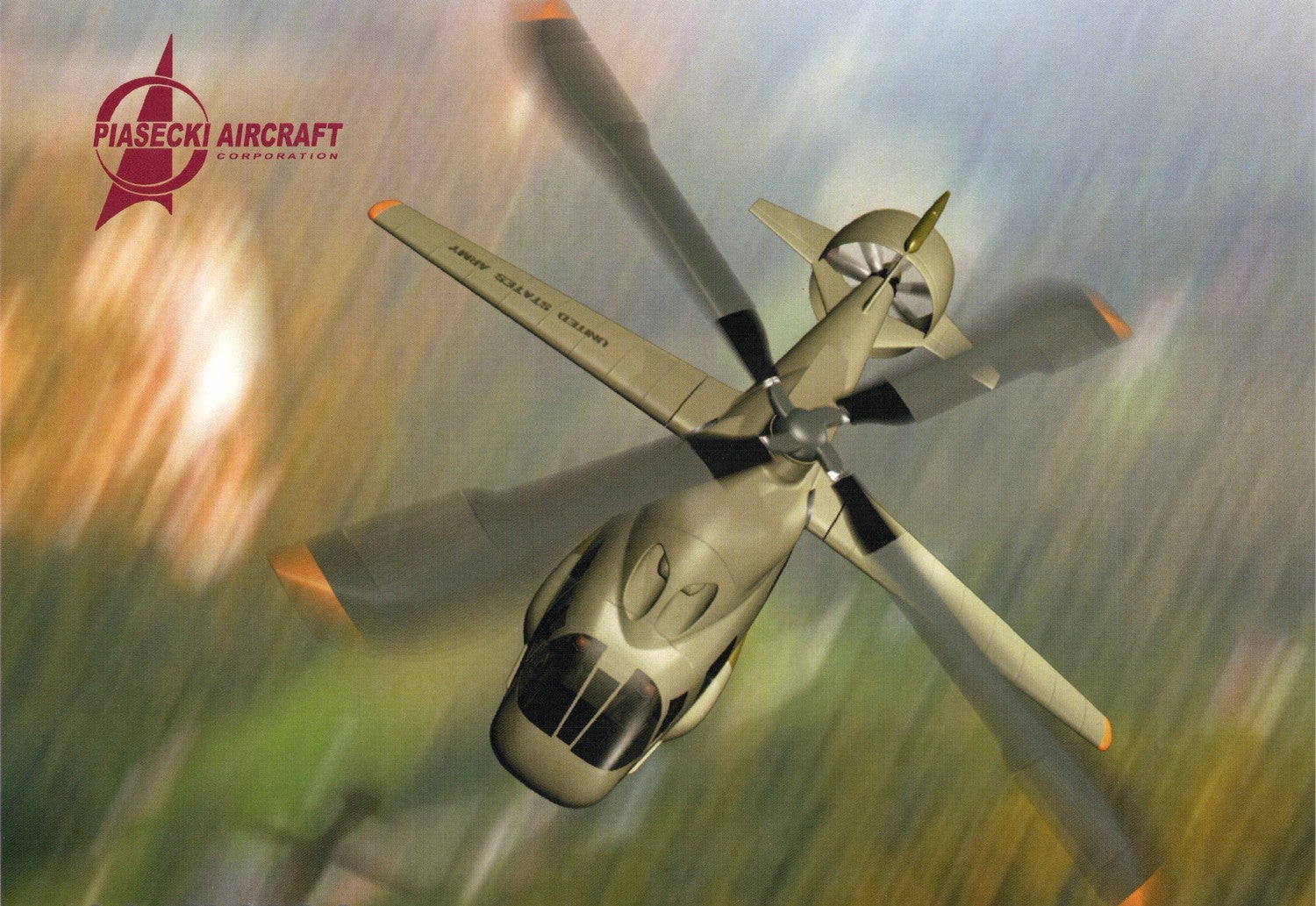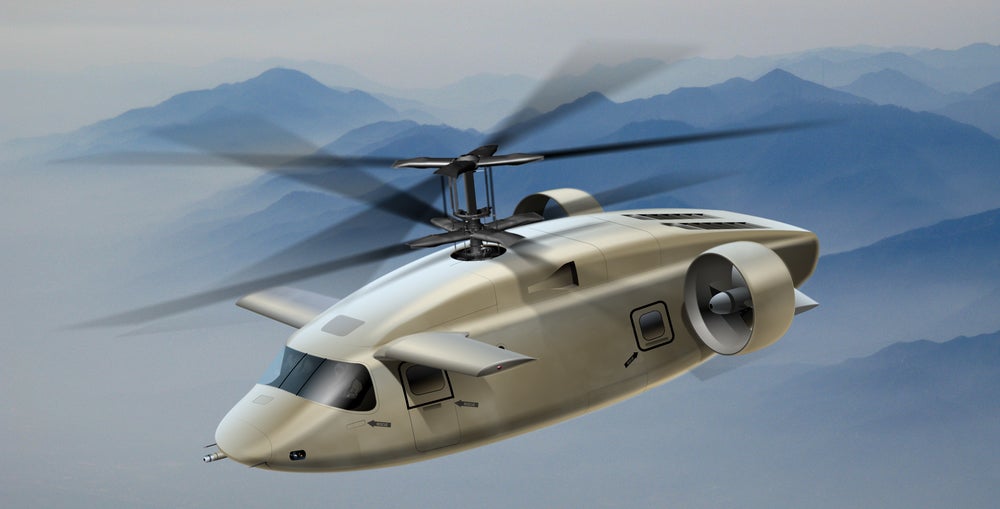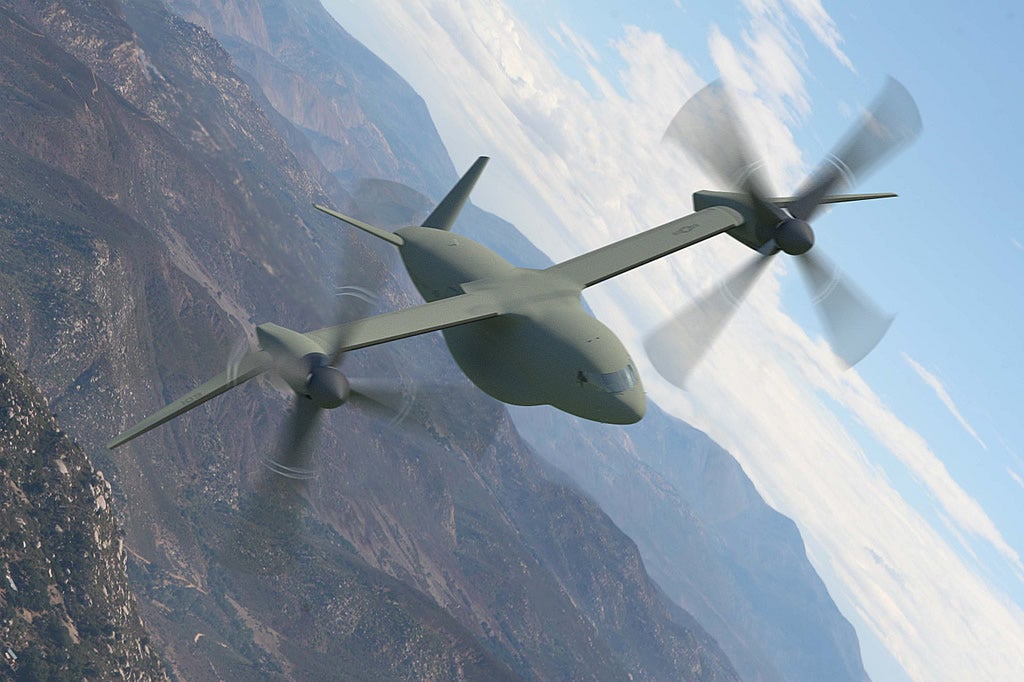In Norse mythology, the valkyries were angelic female shepherds of the dead slain in battle, who chose from among them the warriors who would prepare for the coming of Ragnarok, and and who would whisk the chosen away through the sky to Valhalla. In the late 1950s and early 1960s, valkyries became reality – after a fashion. Great aluminum machines with whirring blades carried men into battle for the first time, and, when needed, swooped down onto the battlefield to carry off the wounded for treatment. The age of airmobile infantry – the age of the helicopter – had begun.
Today, the United States Army seeks to change history again by reinventing the modern helicopter. Its Future Vertical Lift program aims to pit the best, most innovative concepts the industry has to offer against each other, in a arena where only one may be crowned the victor. Currently, two competitors are poised to enter the ring: Advanced rotorcraft veteran Bell Helicopter, with their third-generation tilt-rotor the V-280 Valor, and their arch-rival Sikorsky Aircraft, partnered with Boeing and proposing the sophisticated coaxial SB>1 Defiant. If FVL is successful, it will result in a vertical lift platform that not only is significantly faster (~250-280 knots, versus ~200 maximum for a conventional helicopter), but can carry more, fly higher, and do so even in hot conditions (hot/high/heavy).
Bell’s V-280 Valor, though a tilt-rotor like the USMC’s famous V-22 Osprey, represents a departure from most previous tilt-rotor designs. While, in the Osprey, the entire engine nacelle rotates through a 90 degree arc to transition from vertical to forward flight, in the Valor only the rotors and shafts rotate, the engine itself staying stationary through all modes of flight. The V-280 Valor boasts the higher top speed (280 kt) between the two candidates, as well as arguably greater conceptual maturity, being Bell’s sixth tilt-rotor vehicle – preceded by the XV-3, X-22, XV-15, V-22, and BA609. On the flip side, the V-280’s large propellers limit the deployment of side-firing weapons when in forward flight mode. Also, according to some experts, the Army lacks interest in tilt-rotor aircraft, which could hurt the Valor’s chances.
The Bell V-280 Valor prototype on a test stand.
The SB>1 Defiant from Sikorsky (now owned by Lockheed) represents a concept that was first explored by Sikorsky with their S-69 Advancing Blade Concept. The SB>1 more closely resembles a conventional coaxial helicopter than the Bell tilt-rotor designs. Looks can be deceiving however, as the SB>1 utilizes careful control of the rotors to prevent retreating blade stall, a phenomenon that has historically set the hard “200 knot” speed limit for helicopters. The S-69 suffered from excessive vibrations when it was tested in the 1970s, but Sikorsky proved that with the aid of modern computers the Advancing Blade Concept was practical with its X2 demonstrator, which first flew in 2008. Sikorsky is currently flight testing its S-97 Raider helicopter prototype, a close relative of the SB>1 Defiant which is intended to replace the OH-58 Kiowa, and possibly the MH-6 Little Bird as well. The advantages of the SB>1 Defiant include a smaller landing footprint, clear fields of fire even in forward flight, lower complexity, and likely lower weight, as well. However, the SB>1 is not proposed to be as fast as the V-280, having a top speed of 250 knots (still significantly higher than conventional helicopters). On a more machiavellian level, it should be noted that the fact that both Lockheed and Boeing – the two largest defense companies in the world – are batting for the Sikorsky team could mean trouble for Textron-owned Bell Helicopter.
The Sikorsky S-97 Raider prototype in flight.
Regardless of which design the Army chooses, the next generation helicopter will come with a host of other improvements. Computer aided flight controls will substantially ease the burden on the pilots of the new aircraft, representing a dramatic improvement versus modern helicopters, which are very work-intensive to fly. As a byproduct of this, the attack variants of the FVL family would only need one crew, instead of the two currently standard for most modern attack helicopters. In fact, the flight assistance computers of FVL will be so powerful that the aircraft will be “optionally manned”, that is, able to fly some missions without any crew at all. Both the SB>1 Defiant and V-280 Valor will be constructed primarily of composite materials, making them much lighter than they look.
FVL is currently in the technology demonstration phase (called “Joint Multi-Role” – JMR – and set to complete next year), which means Sikorsky and Bell may not be the only competitors for the production contract. Four other companies participated in FVL before the downselect, and all are expected to attempt again once the technology demonstration is complete. They are Airbus (EADS), who will probably offer a vehicle developed from their X3 compound helicopter demonstrator, Piasecki with its PA61-4 modular compound helicopter concept, AVX with their coaxial compound helicopter concept, and Karem Aircraft, with their TR36TD tiltrotor.
Top to bottom: JMR/FVL concepts from EADS, Piasecki, AVX, and Karem Aircraft
FVL is expected to result in several variants of new rotorcraft, which will fill the roles of and replace the OH-58 Kiowa, AH-64 Apache, UH-60 Blackhawk, CH-47 Chinook, and a variant that will provide a super-heavy lift capability comparable to that currently offered by the fixed-wing C-130 Hercules.
To close us out, here are some promotional videos from the FVL competitors:
 Your Privacy Choices
Your Privacy Choices
